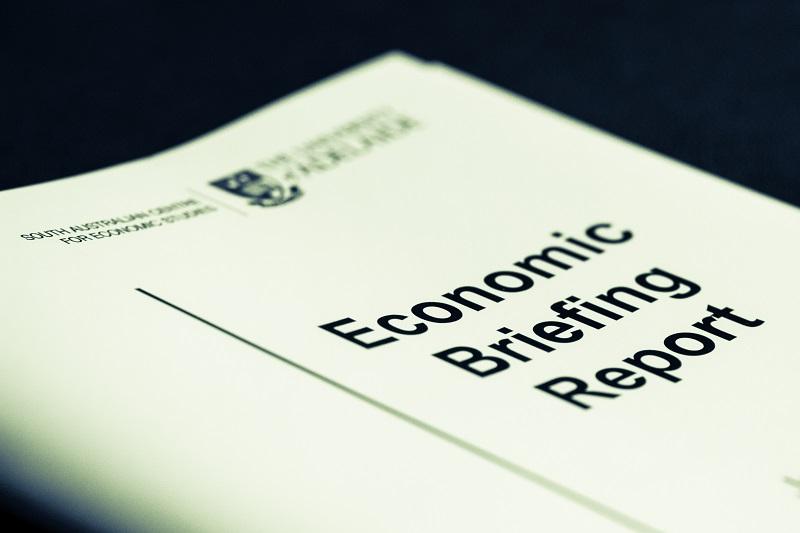Slower economic growth predicted for 2019/20 and further interest rate cuts will not help

South Australian economic growth will be much slower in 2019/20 as a consequence of the slowdown in the national economy becoming entrenched and the global economy losing further momentum, according to University of Adelaide economists.
The University's South Australian Centre for Economic Studies (SACES) today launched its last Economic Briefing Report for 2019.
“We forecast that Gross State Product (GSP) will rise by just ¾ per cent in 2019/20," says Mr Steve Whetton, Deputy Director of SACES.
“With recent signs of a broad-based slowdown, both locally and overseas, we expect only weak growth for the South Australian economy in 2019/20.
“The broader economic environment has become less supportive over recent months, with the global economy entering a synchronised slowdown, while the Australian economy has continued its recent pattern of subdued growth.
“Global activity has slowed in response to higher trade barriers and a more uncertain political and economic environment which has led businesses to cut back on investment.
“This weakness in business investment is also apparent in Australia. Private business investment as a share of the economy is at its weakest since the early 1990s recession.
“Household spending, which has been growing at its slowest pace since the global financial crisis, is another area of major weakness. It seems households decided to save most of the recent income tax cuts amid an increasingly uncertain environment characterised by high debt levels, subdued wages growth and weak house price trends.
“The only real bright spots for the national economy are exports and the labour market. Although employment growth has slowed, it has been strong enough to keep unemployment low,” says Mr Whetton.
There have been negative signs for the South Australian economy in 2019 with growth in final demand (the measure of the ‘domestic’ state economy excluding interstate and international trade) coming to a halt in the middle of the year. A particular concern is that the slowdown has become more wide spread with all major components of final demand showing weak trends or contracting, while overseas export volumes have fallen for five consecutive quarters. Labour market data are consistent with this picture; total employment in October 2019 was down 0.6 per cent (5,000 jobs) from the previous peak in May 2019.
“Employment is expected to grow by ½ per cent which would be slightly below growth in the population, leading to an increase in unemployment,” Mr Whetton says.
The Economic Briefing Report also explores the need for rebalancing Australia’s macroeconomic policy in a world of very low or near-zero interest rates and concludes that the role of the Reserve Bank is now extremely limited.
“Australian interest rates have followed overseas interest rates in approaching near-zero which means that any further interest rate cuts will not work. Indeed, any further cuts are likely to exacerbate asset price bubbles, and we have already seen signs of this with house prices in Melbourne and Sydney picking up again over recent months,’ says Mr Whetton.
“If policy makers want the economy to escape its current doldrums, they will need to rely more heavily on fiscal policy to crowd-in private investment. This will require a long-term strategy of substantial federal and state government infrastructure investment largely targeted at projects that will help support diversified export-led growth,” says Mr Whetton.
